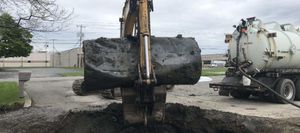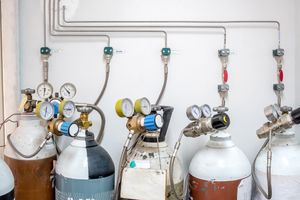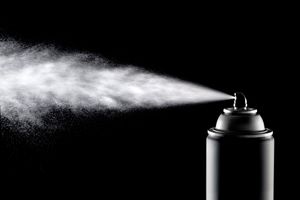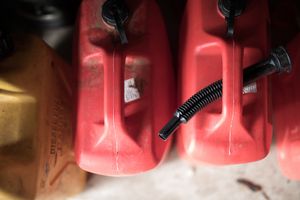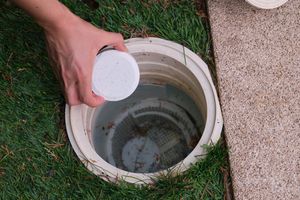Tank Removal Checklist
This is a info alert
This is a danger alert
This is a success alert
This is a warning alert
This is a dark alert
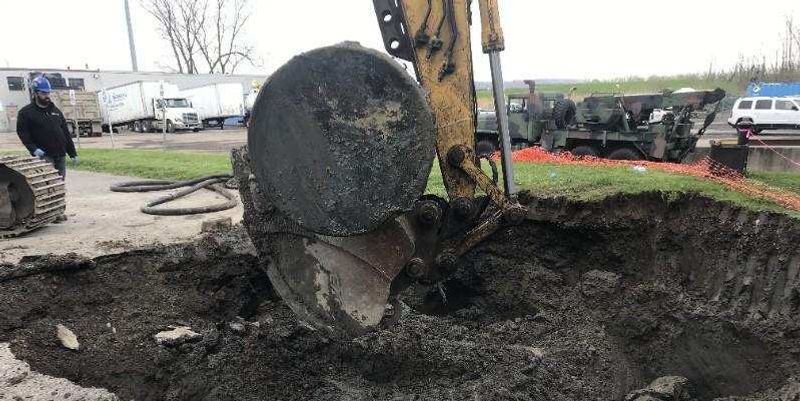
Introduction
If you're planning to remove an old or unused heating oil tank, proper preparation is key. Whether it's underground or aboveground, removing a tank safely protects your property, avoids environmental issues, and ensures legal compliance. This checklist walks you through each step of the process—from your initial inspection to final backfilling.
✅ Heating Oil Tank Removal Checklist
Assess the Tank Type and Condition
Determine whether the tank is underground (UST) or aboveground (AST).
Inspect for visible rust, damage, or signs of leakage.
Check if your property has documentation on installation or prior inspections.
Check Local Regulations
Contact your town or county to determine if permits are required.
Understand state and local laws (see our NY Tank Removal Laws guide).
Ask about required notifications for local fire departments or environmental agencies.
Get Professional Inspection & Quote
Hire a licensed contractor to inspect and evaluate removal scope.
Get a quote including tank removal, soil testing, and disposal.
Verify the provider is insured and familiar with NYSDEC guidelines.
Schedule Soil Testing (if applicable)
Plan soil sampling immediately after tank removal.
Soil testing helps identify leaks and may be required during home sales.
Learn more in our Soil Testing Guide.
Prepare the Site
Clear the area around the tank for access.
Mark utilities and contact 811 to avoid damaging buried lines.
Ensure the tank is no longer in use and fuel is removed safely.
Removal Day Checklist
Confirm permit is posted, if required.
Tank is purged, cleaned, and safely extracted.
Watch for unexpected signs of leakage or corrosion.
Contractor begins soil sampling if needed.
Post-Removal Steps
Receive final report with photos, disposal records, and lab results (if tested).
Backfill excavation site properly.
Keep documentation for real estate or insurance purposes.
